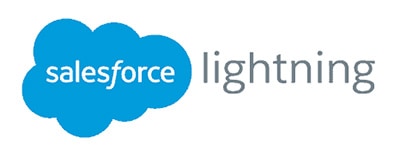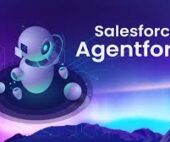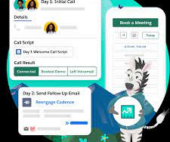Why Switch from Salesforce Classic to Lightning?
Salesforce is actively advancing the Lightning interface, and the reasons are compelling. The Lightning platform offers numerous advantages, including an improved user interface, quicker development times, and extensive customization options. With user-friendly features like drag-and-drop functionality, Lightning enhances the overall user experience (UX). Many companies are opting to migrate from Salesforce Classic to Salesforce Lightning to leverage these benefits and more.
Salesforce Classic
Salesforce Classic served as the primary interface until 2016, but today, it is considered outdated. Investing in Lightning Experience is driven by the desire to deliver a superior user experience, adopt features solving business challenges, enhance processes, and gain access to Lightning innovation and rapid app development technology.
Given that Salesforce Lightning is faster, provides advanced customization features, and boasts easier navigation compared to Classic, transitioning to Lightning in 2023 can be a strategic decision for your business. Lightning also integrates Salesforce Einstein, offering reporting, analytics, and generative AI capabilities.
Salesforce Lightning
In contrast to Classic, the Lightning development platform enables non-technical users to effortlessly create customized apps without programming knowledge. Due to its sleek UI, faster performance, regular feature releases, and comprehensive usability, Salesforce Lightning has become the preferred CRM for businesses.
Migration
However, migrating from Salesforce Classic to Lightning, or any other CRM to Lightning, presents challenges, including high implementation time. Opting for a phased rollout is an effective approach to overcome these challenges. While challenges may arise, a strategic plan executed by experienced Salesforce Lightning Support can ensure a seamless and timely migration.
If you’re ready to migrate to Salesforce Lightning, especially if your Salesforce is highly customized, it’s crucial to document all changes made in Classic and identify corresponding solutions in Lightning. If handling the complexities of Classic seems daunting, consider engaging a Salesforce Migration partner like Tectonic to conduct a full Salesforce audit before migrating to Salesforce Lightning, ensuring a smooth transition.
🔔🔔 Follow us on LinkedIn 🔔🔔
Content updated December 2023.













